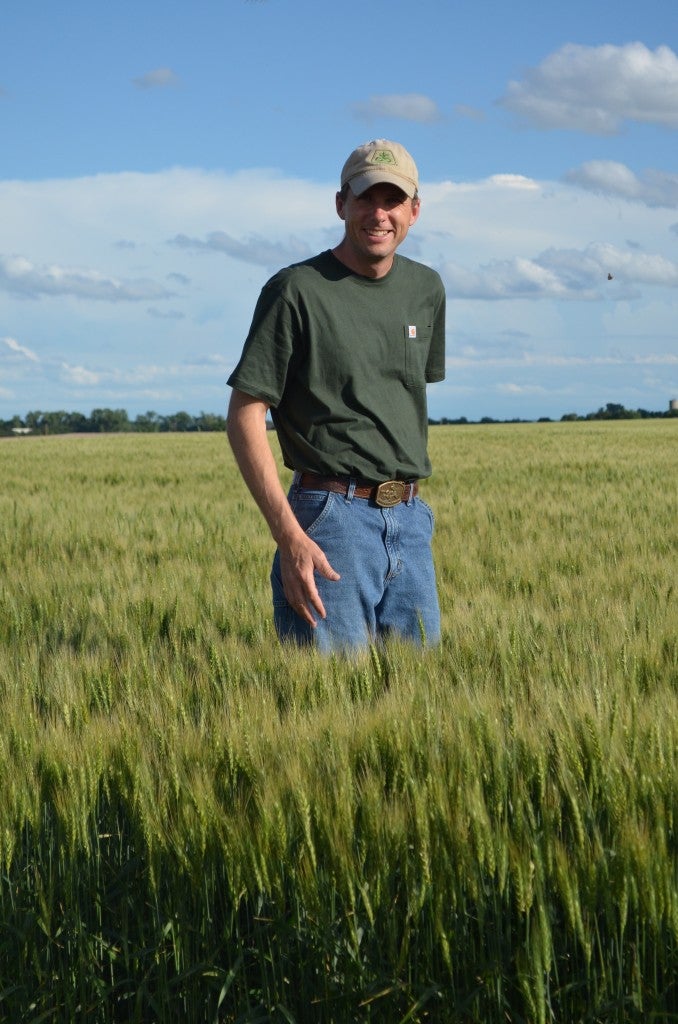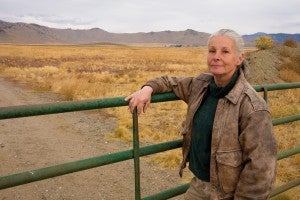
Scott Henry, 27, a partner and business development manager for LongView Farms
Every year right before Commodity Classic, EDF brings together a group of farmers who share their lessons learned in sustainable agriculture – and offer insights on bringing conservation practices to scale. These producers are our advisors, sounding boards and partners. They help us understand what agricultural policies really look like when implemented on the farm, and how best to convey to farmers that not all environmentalists point fingers at ag.
This year we had a new addition to the group, someone who brought an important perspective because he’s far younger than the average-aged farmer. Scott Henry is a 27-year-old partner and business development manager for LongView Farms, a row crop grain operation in central Iowa that specializes in seed production. Scott is responsible for business growth, strategy, production operations and the implementation of precision agriculture technology across the farm.
I asked Scott about his start in farming, about the importance of financial expertise in agriculture and whether sustainability really is good for growers’ bottom lines. Read More










 I first met Justin Knopf at a meeting in DC about five years ago. At 6’3”, he definitely stood out, but not just physically. He openly conveyed how important his family and his land are – the reason he cares so much about making sure his Kansas farming operation can live on is for his children. It’s rare to meet someone so articulate, sincere and committed to sustainability.
I first met Justin Knopf at a meeting in DC about five years ago. At 6’3”, he definitely stood out, but not just physically. He openly conveyed how important his family and his land are – the reason he cares so much about making sure his Kansas farming operation can live on is for his children. It’s rare to meet someone so articulate, sincere and committed to sustainability. Nearly one-third of U.S. farmers are women, yet their contributions aren’t well known. The Rise of Women Farmers and Sustainable Agriculture, a new book from the University of Iowa press, aims to change this.
Nearly one-third of U.S. farmers are women, yet their contributions aren’t well known. The Rise of Women Farmers and Sustainable Agriculture, a new book from the University of Iowa press, aims to change this.
